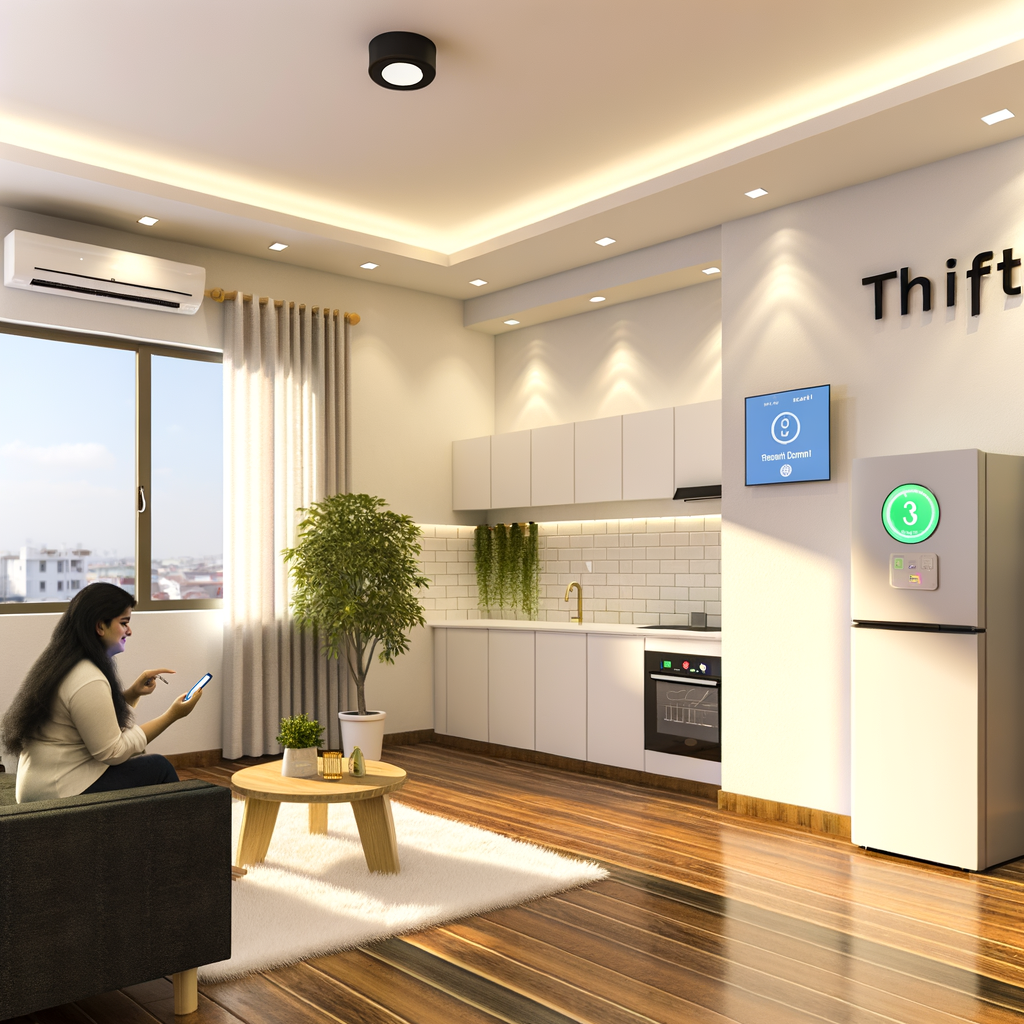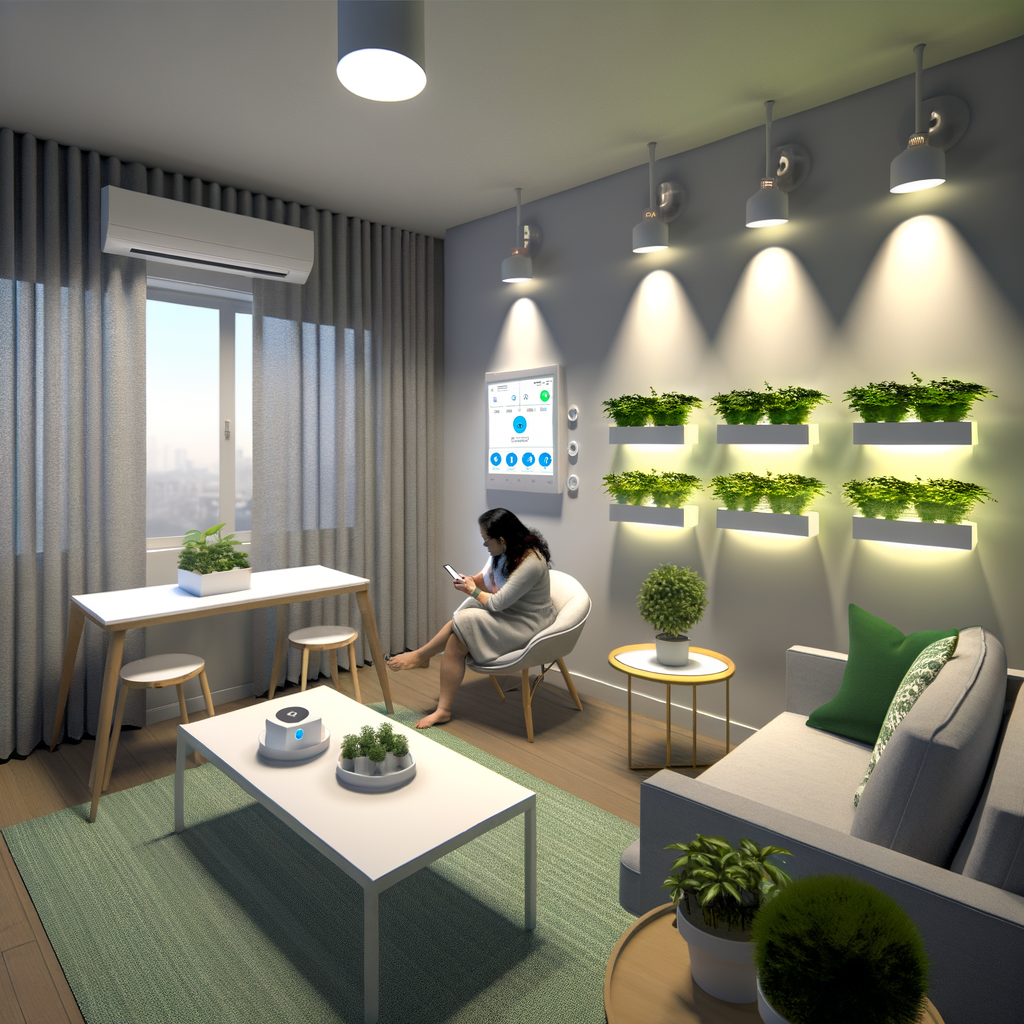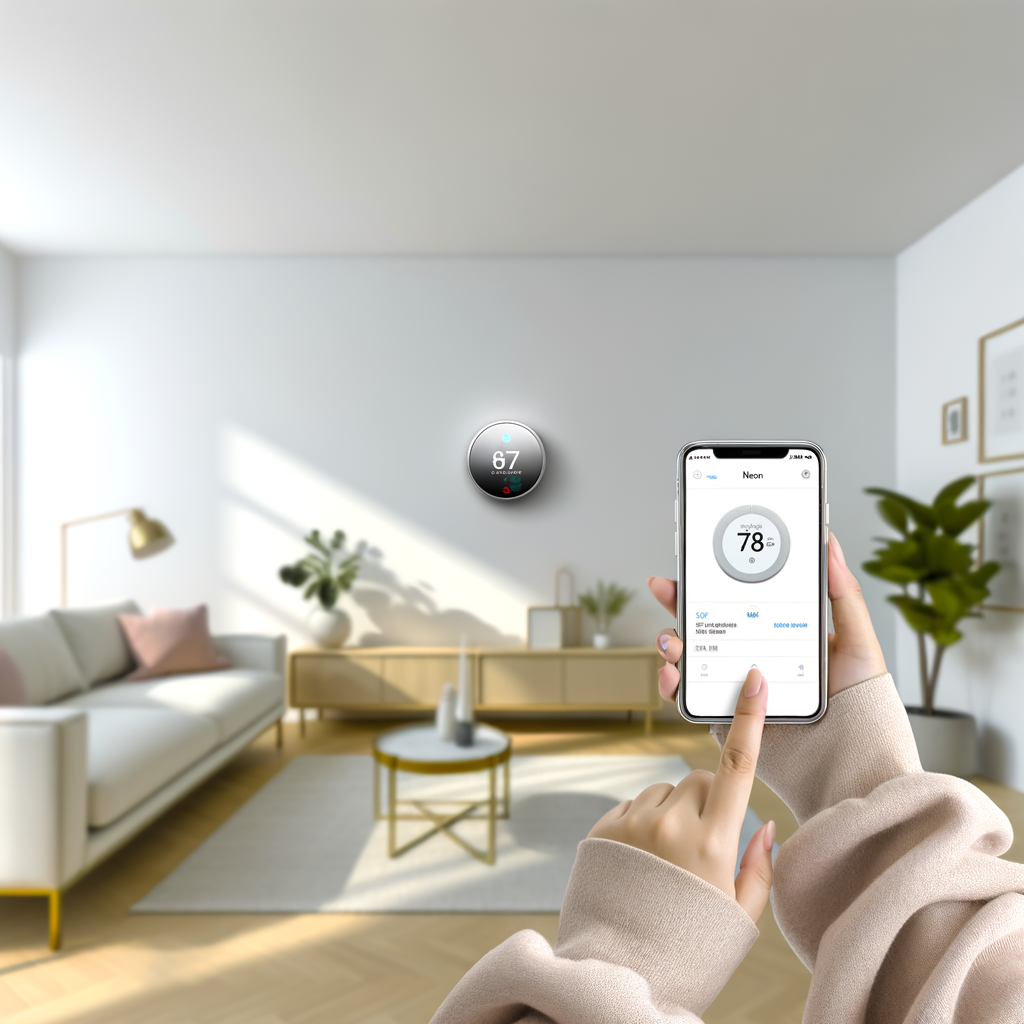How to Create a Smart, Energy-Efficient Apartment on a Budget: A Renter’s Step-by-Step Guide
Living sustainably and cost-effectively isn’t just for homeowners. Renters, too, have a huge opportunity to embrace smart technology and energy-saving practices—without making big investments or breaking your lease. Whether you’re just moving into a new space or optimizing the one you’ve called home for years, this practical guide will help you turn your apartment into a smart, energy-efficient haven on a budget.
Why Go Smart and Energy-Efficient as a Renter?
Before diving into actionable steps, let’s look at the biggest benefits of a smart, energy-efficient apartment for renters:
- Reduced Utility Bills: Smart devices optimize energy use, helping you save money each month.
- Improved Comfort: Automate temperature, lighting, and routines for daily convenience.
- Smaller Carbon Footprint: Lower energy use means less impact on the planet.
- Rental-Friendly Upgrades: Most tech options are plug-and-play—you can take them with you!
Step 1: Audit Your Space and Set a Budget
Every smart, efficient upgrade starts with a clear plan. Here’s how to get started:
Evaluate Your Apartment’s Needs
- Check your current energy bills. Which utilities are highest?
- List out problem spots: rooms that run hot/cold, bright/dim, appliances always plugged in, etc.
- Get familiar with your lease: are there restrictions on installing items or making changes?
Set a Realistic Budget
- Affordable smart devices start as low as $10-$30.
- Decide how much you’re comfortable spending up front (e.g., $100-$300 for basic upgrades).
Step 2: Tackle Energy Drains with Simple Swaps
Before adding smart tech, address wasteful energy habits and swap out some basics. These changes are inexpensive and make a big impact:
Swap Out Bulbs for LEDs
- LED bulbs use up to 75% less energy and last 10x longer than incandescents.
- Choose dimmable options for flexibility.
- Keep the old bulbs to reinstall if you move out.
Seal Leaks and Drafts
- Use removable weatherstripping or door draft stoppers.
- Cheap foam strips can block chilly air and reduce thermostat usage.
- Command strips or temporary sealants make removal easy at move-out.
Utilize Power Strips
- Plug “vampire” electronics (TVs, chargers, game consoles) into smart or timer power strips.
- Turn off multiple items with one switch or automate shutoff at night.
Step 3: Install Renter-Friendly Smart Home Devices
Smart devices are the cornerstone of an energy-efficient home—no hardwiring needed. Here’s what to prioritize:
1. Smart Plugs
- Plug in lamps, fans, coffee makers, or the window AC.
- Control appliances from your phone or set schedules.
- Many models offer real-time energy monitoring.
2. Smart Light Bulbs
- Replace regular bulbs in frequently-used fixtures.
- Set routines for wake-up or wind-down, or control remotely when away.
3. Smart Thermostats (If your HVAC is compatible)
- Perfect for apartments with independent heating/cooling units (like window ACs, electric baseboards).
- Wireless thermostats or plug-in smart AC controllers don’t require rewiring and can travel with you.
4. Smart Sensors
- Place motion sensors in hallways or bathrooms for hands-free lighting.
- Window/door sensors alert you if you leave one open—helpful for controlling temperature loss.
5. Smart Curtains or Blinds (Optional)
- Automated curtain systems can be installed with no drilling.
- Program to open for natural heat/sun, close to keep cool, and reduce HVAC use.
Step 4: Optimize Your Heating and Cooling
Heating/cooling make up the largest portion of most apartment utility bills. Here’s how renters can make their systems smarter:
Use Portable Smart Thermostats or Controllers
- If landlords won’t let you change wired thermostats, plug-in controllers or smart AC remotes work with many popular units.
- Schedule temperature drops when you’re away or asleep.
Block Drafts and Maximize Sunlight
- Close curtains at night and on hot days to insulate; open them during sunny winter afternoons for free heat.
- Apply removable window insulation film in winter for a cheap upgrade.
Circulate Air Efficiently
- Use programmable smart fans to maintain comfort without blasting AC/heat.
- Reverse fan direction in winter to push down warm air.
Step 5: Don’t Overlook Appliances and Water Use
Adjust Laundry and Kitchen Habits
- Wash clothes in cold water—heating water is energy-intensive.
- Hang dry laundry when possible.
- Run full dishwasher loads and use eco-cycles.
Install Faucet Aerators and Efficient Shower Heads
- Most screw on by hand—just save the originals for move-out.
- Can lower both water and water-heating costs.
Monitor Appliance Energy Usage
- Plug in a cheap energy usage monitor to see which devices waste the most energy.
- Prioritize replacing or unplugging big offenders.
Step 6: Automate Your Apartment on a Budget
The brain of your smart, efficient apartment is an affordable voice assistant or app ecosystem. Here’s how to connect it all:
Choose a Voice Assistant or Hub
- Amazon Alexa, Google Assistant, or Apple HomeKit all support popular rented-apartment-friendly devices.
- Start with a basic smart speaker—often under $50.
Create Energy-Saving Routines
- Automate lights to turn off when you leave or at bedtime.
- Set thermostat schedules based on your work hours.
- Group devices by room for easy one-command shutoff (“Turn off all living room lights”).
Step 7: Track Your Progress and Savings
Keep your new smart home efficient and cost-effective by tracking your improvements:
- Compare utility bills month-over-month after making changes.
- Use energy monitoring apps/devices to see real-time usage drops.
- Challenge yourself: aim to reduce your energy use by 10-20% in the first year.
Step 8: Communicate With Your Landlord
While most of these upgrades are fully reversible, open communication with your property manager keeps things easy:
- Request permission before making semi-permanent changes (thermostat installs, window films).
- Offer to show energy savings—many landlords appreciate upgrades that benefit the building’s efficiency.
- Document all changes and keep original parts for a smooth move-out.
Extra Tips for Maximum Savings (with Minimal Spend)
- Borrow tools or share bulk-buy deals (like LED packs) with neighbors for bigger discounts.
- Ask local utility companies if they offer rebates for smart thermostats or LED lights—many do, even for renters




